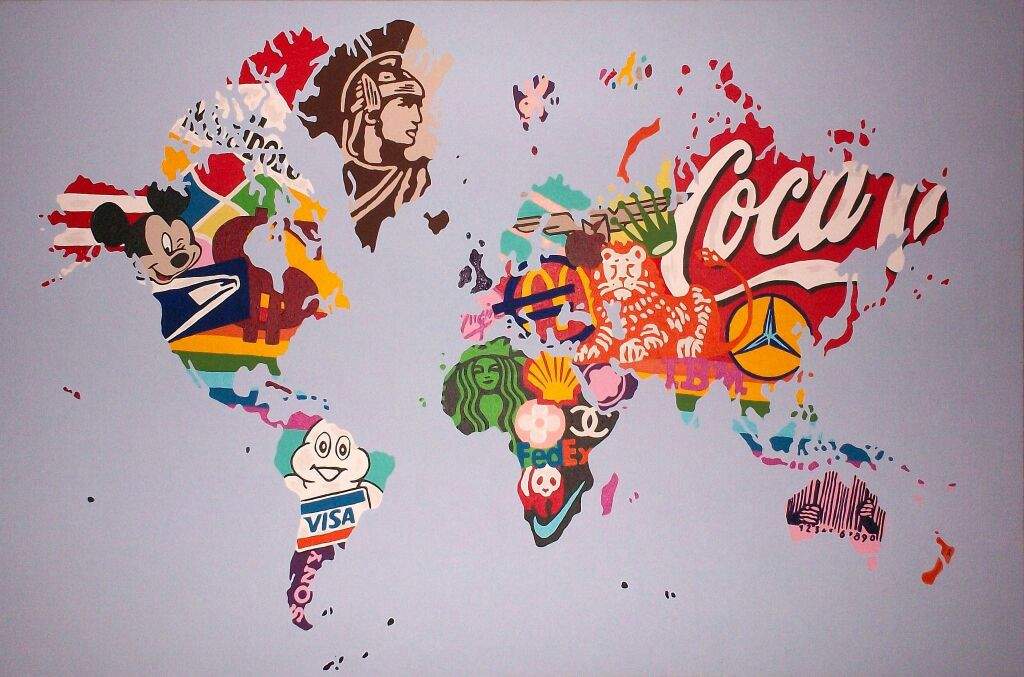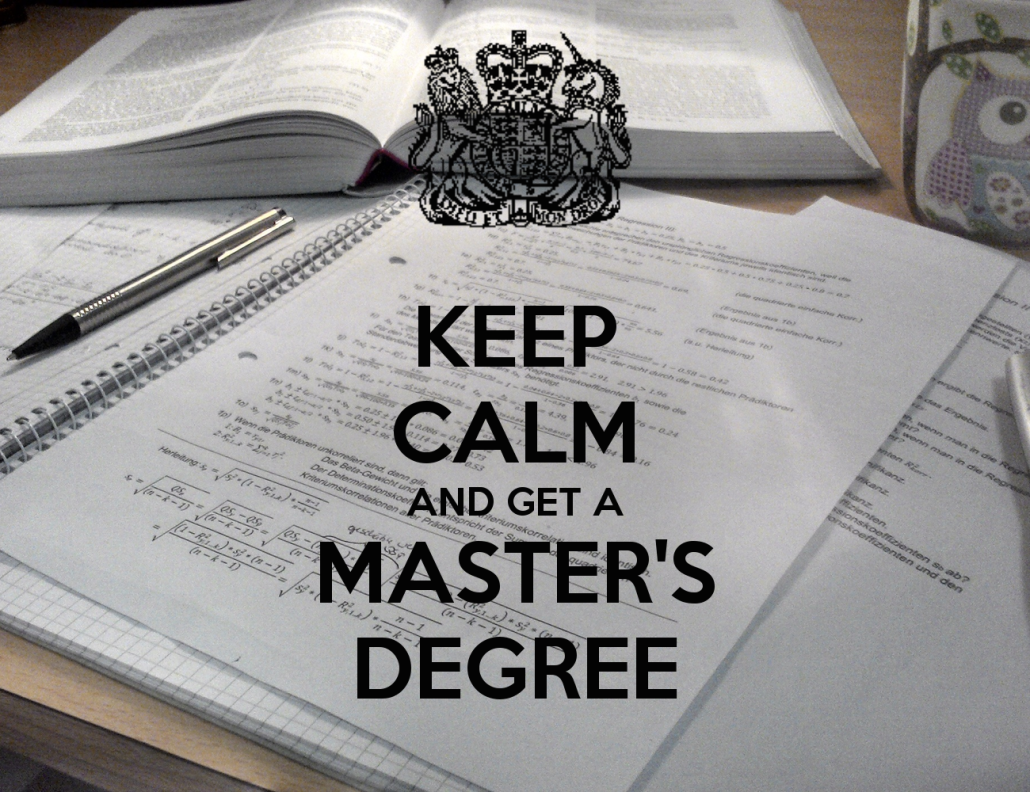Written by Mahathir Ahamad
Commercialism has increased tremendously over the past twenty years. The growing commercialization of goods and services are significantly impact on our lifestyle. Commercialism can be defined as the vehicle of communication that creates consumer awareness and induces the desire for specific products and its goal is to increase consumer demand and commercial profit.
twenty years. The growing commercialization of goods and services are significantly impact on our lifestyle. Commercialism can be defined as the vehicle of communication that creates consumer awareness and induces the desire for specific products and its goal is to increase consumer demand and commercial profit.
Commercialism can also refer positively or negatively to corporate domination. Company basically used commercialism as a tools and method to advertise and promote product and services to gear toward generating profit. However nowadays, commercialism widely used in negative ways when people are more concerned about making money rather than think about qualities of life and values. Capitalists exploit objects, people and environment to achieve their aims, objectives and goals.
(Susan, 1999), emphasized that contemptuous of the commercialization that seemed to infuse and debase every aspect of American culture, and hostile to middle-class values and the profit motive, members of that loose yet cohesive group known as the counterculture were revolutionizing almost every aspect of American culture. Their music was central to their individual and generational identity, their sense of having a different, more enhanced consciousness about society, politics, and self-awareness.
The Advantages of Advertising
 Despite popular beliefs advertisements are not necessary a bad influence. The main purpose of it to sell something crucial to the everyday life. When advertising highlights a benefit of a product or service and matches them with your needs it is beneficial to society (White, 2013). It plays an important role in helping our economy function. It is a tool for economic growth and way to inform the public. It helps increase competition, make productions efficient, lowering prices, creating jobs and improving overall livelihood.
Despite popular beliefs advertisements are not necessary a bad influence. The main purpose of it to sell something crucial to the everyday life. When advertising highlights a benefit of a product or service and matches them with your needs it is beneficial to society (White, 2013). It plays an important role in helping our economy function. It is a tool for economic growth and way to inform the public. It helps increase competition, make productions efficient, lowering prices, creating jobs and improving overall livelihood.
Advertising not only can influence the society with negative implications, lately, there are a lot of commercials or specifically PSA that discuss on the portrayal of women. These PSAs are most commonly parallel to the feminist movement made huge by Emma Watson when she made a speech in United Nations (UN). For example, televised campaign by Dove, portray women of different shapes and sizes as the models for their anti-cellulite campaigns. Although, the campaign receive some backlash for portraying “ugly” people on television, but it is an improvement on public’s acceptance on curvy women.
COMMERCIALISM IN MALAYSIA
Advertising industry in Malaysia has evolved since the beginning of mass media development as early as 1940. Nowadays, Malaysian advertising landscape is gradually shifting from traditional media forms to the new media advertising. Ads shown on television and radio are very different now than before in line with the changing times and the changing of technology.
In Malaysia, advertising practices are governed by The Advertising Standards Authority (ASA) which was established in 1977 to provide independent scrutiny of the then newly created self-regulatory system set up by the industry. ASA is an independent body that is responsible to ensure that the self-regulatory system works in the public interest. ASA promotes and enforces high ethical standards in advertisements. The constituent members of ASA as reported at the UNICEF official website are The Malaysian Advertisers Association, Association of Accredited Advertising Agents of Malaysia, Malaysian Newspaper Publishers Association and Media Specialists Association. ASA administers The Malaysian Code of Advertising Practice that regulates advertising activities in Malaysia. The Code was drawn up by organizations representing advertisers, advertising agencies and media.
The Malaysian Code of Advertising Practice states that, all advertisements should be legal, decent, honest and truthful. They must project the Malaysian culture and identity, reflect the multi-racial character of the population and advocate the philosophy of “RUKUN NEGARA” which reads: Believe in God; Loyalty to the King and the Country; Upholding the Constitution Rule of Law; and Good Behaviour and Morality.
ISSUES OF COMMERCIALISM IN MALAYSIA
Various issues occur in commercialism because of the insensitive party or advertisers in order to communicate or promotional messages towards their audience and consumers. (Willer & Fam, 2000) emphasized that Malaysian realized that advertising can be powerful and significant in shaping national values. According to Malaysia’s Consumer Association of Penang, the worrying trend is the growing influence of negative aspect of western culture on the people of developing country including Malaysia. The advertisement and commercialism industry has created the consumer culture which has an impact to our national culture.
 Unethical advertising is not only cheating the adult and children but also encourage people to be wasteful, spending the products and services that are not needed in daily life. Among the unethical advertising is giving incorrect information about the goods and services offered, exaggerated and irresponsible. Nowadays we can found some of the offending ads broadcast by Malaysian TV.
Unethical advertising is not only cheating the adult and children but also encourage people to be wasteful, spending the products and services that are not needed in daily life. Among the unethical advertising is giving incorrect information about the goods and services offered, exaggerated and irresponsible. Nowadays we can found some of the offending ads broadcast by Malaysian TV.
The Malaysian Insider on 2 August 2011 reported that Media Prima had been criticized for broadcasting a controversial series of Ramadan commercials on 8TV channel. Some audience claimed that if offended non-Muslim and Media Prima Berhad was forced to axe the controversial of commercials.
(Lee, 2005), stated that Islam plays a larger role in the formation of advertising guidelines, its prohibited to use women as sex symbols in advertising. Media Prima has violated the principle of cultural sensitivities. In line with government aspiration to maintain and promote racial harmony in the country the advertisement shouldn’t contain statement or suggestions which may offend political, sentimental or racial susceptibilities of any community.
Advertising of food products poses the major concern among Malaysian. According to Utusan Konsumer articles in November 2002 “Marketing and Advertising – Harmful to Children” highlighted that the advertisement can causes the rise obesity amongst children in Malaysia. The food industry always links their food with entertainment especially with movie and animation characters such as McDonald partner with 20Fox Century for 5 movies in 2009. The relentless onslaught of advertising for food products has contributed to unprecedented obesity in children seen during the past decade. Obesity is not the only health issue linked to the food industry. Despite the Malaysian Health Ministry’s persistent community messages, these problems have escalated to a “code red” level.
(Gilly, 1988), stated that Coca-Cola has 15 versions of the ads in the 50 countries using the same ads by including certain elements in each market based on the market suitability of adaptation. Besides, companies advertising, for their products or services in different countries, should be aware of a country’s existing norms concerning role portrayals and the way these organizations affect these norms.
THE IMPACT OF COMMERCIALISM IN MALAYSIA
Commercialism is one of the marketing strategies to promote products to consumers and media plays a significant role in displaying the positive and negative features of products to the audience. The purpose of the commercialism is to gain attention for the product, ensuring prolonged association with consumers, or for the purpose of recall of their product in customers’ mind.
(Pollay, Richard, & Mittal, 1993), stated that the seven factors model is built based on the fundamental difference between attitudes and beliefs. The model of attitudes toward advertising consists of three personal uses factors (product information, social image information, and hedonic amusement) and four socioeconomic or societal factors (food for economy, fostering materialism, corrupting values and falsity or no-sense).
Commercialism influences the behaviour and attitude formation of consumers. Consumer attitude and behaviour hugely influenced by advertisements, as example Apple and Samsung are the brands that are most popular in Malaysian market due to the advertisements. Food products and beverages for example also get influenced by advertisements. In Malaysia, McDonald’s follows cultural habits and uses celebrities to promote their foods and influence consumers. This show the influence of advertisements as local ads changes the consumer decision on particular brand shown in advertisement.
(Green, 1992) point out that to better understand on how the ads attitude affects brand attitude it is important to see what kind of attitude consumers develop toward the ads itself. If the feelings that the ad creates are positive and if the way the ads is made and the information in it are evaluated favourably then the ad should elicit a favourable attitude toward itself.
One of the key factors shaping the attitude and consumers behaviour towards commercialism is how the ads are represented. In the other hand we might say that advertiser play an important roles to produce positive ads in order to in line with national aspiration towards Malaysian. Different creative strategies may lead to the same overall level of attitude on the part of the consumers. In this context, the identification of creative characteristics which make an ad to be likable becomes essential
GOVERNMENT REGULATIONS TOWARD COMMERCIALISM IN MALAYSIA
The advertising industries in Malaysia face complex challenge in numerous government restrictions. The regulations were in line with the national aspirations to maintain Malaysian identity and culture and at the same time to conforming to the values of Islam as a national religion. Advertising Code for Television and Radio (1990) established to safeguard advertising and consumers against the influence of foreign culture and values. It prohibits of adaption any foreign culture which is not acceptable to a cross section of major communities in Malaysia society either in form of word, slogans, clothing, activity and behaviour.
 Trade Descriptions Act 1972 was enforcing as the guidelines used in the field of advertising. There are no barriers in providing information, but any information provided shall be true. Section 15 (1) of the Trade Descriptions Act 1972 states that the false description of goods: Any person in the trade, business or provide through any means any direct or indirect indication that any goods or services rendered or in any manner that falsely took, including the Government Department has committed an offense.
Trade Descriptions Act 1972 was enforcing as the guidelines used in the field of advertising. There are no barriers in providing information, but any information provided shall be true. Section 15 (1) of the Trade Descriptions Act 1972 states that the false description of goods: Any person in the trade, business or provide through any means any direct or indirect indication that any goods or services rendered or in any manner that falsely took, including the Government Department has committed an offense.
As an effort to reduce the elements of foreign culture used in advertising, the Ministry introduced Made in Malaysia rule in early 1970 which required all advertisements produced locally. This rule designed to protect new local film and advertising industry by requiring commercials must be produced in Malaysia. To in line with this aspirations, advertisements were also required to promote social responsibility in order to inject civic mindedness and desired behavioural attitudes in life for example keeping the park clean and queuing up when boarding a bus.
Due to overcome the problem, government implement legal restrictions on how companies market their goods. These restrictions can relate to the importing of advertising material from overseas, the hiring of foreigners and on the advertising claims, again affecting the extent to which companies can use a standardised approach.
In March 2007, government introduce a public policy to ban fast food advertisements targeting children on television. This step is not without precedence as Britain promulgated a phased ban on advertising of food and drink products categorized as ‘High in Fat, Salt and Sugar’ (HFSS) on children’s television (TV) to be fully implemented by the end of 2008.
Efforts should probably be focused towards the grass root level; emphasis should be placed on informing consumers about the negative consequences brought about by advertisements and their potential implications towards society.
References
Deng, J. S., & Hassan, M. L. (1994). Advertising in Malaysia: A Cultural Perspective. International Journal of Advertising.
Duncan, T. R. (2002). . IMC: Using Advertising and Promotion to Build Brands. Boston: McGraw-Hill.
Gilly, C. M. (1988). Sex roles in advertising: A comparison of television advertisements in Australia, Mexico, and the United States. Journal of Marketing.
Green, W. F. (1992). What Drives Commercial Liking? Journal of Advertising Research.
Kotler, P. (2001). A Framework for Marketing Management. New York: Prentice-Hall Inc.
Lee, C. W. (2005). Cultural influences in television commercials: a study of Singapore and Malaysia. Journal of Promotion Management.
Mengu, C. S. (2004). Televizyon Reklamlarında Kadına Yönelik Oluşturulan Toplumsal Kimlik. Istanbul: Üniversitesi İletişim Fakültesi Yayınları.
Moderating effect of . (n.d.).
Mogire, V. B., & Oloko, M. (2014). Advertising promotion strategy and brand equity: A comparative study of arial and omo washing powders Nairobi-Kenya. Int.J.Manag Commerc. Innov.
Pollay, Richard, W., & Mittal, B. (1993). Here’s the beef: Factors, determinants, and segments in consumer criticism of advertising”. Journal of Marketing.
Solomon, M. R. (2003). Consumer Behaviour. Buying, Having and Being. Pearson Education Inc.
Susan, J. D. (1999). Listening in: Radio and the American Imagination from Amos “n” Andy and Edward R. Murrow to Wolfman Jack and Howard Stern. New York: Times Book.
Tuan, L. Y., & A, J. (2013). Moderating effect of brand equity on relationship quality in chain restaurant industry: A conceptual paper. Proceeding of International Conference on Information, Business and Education Technology. Moderating effect of brand equity on relationship quality in chain restaurant industry: A conceptual paper. Proceeding of International Conference on Information, Business and Education Technology.
Willer, D. S., & Fam, K. S. (2000). Cultural Values and Advertising in Malaysia: view from the industry. Asia Pacific Journal of Marketing and Logistics.
White, Gary (2013).The Influence of Television Advertising. Retrieved on March 6th 2015 from http://smallbusiness.chron.com/influence-television-advertising-64010.html

















 twenty years. The growing commercialization of goods and services are significantly impact on our lifestyle. Commercialism can be defined as the vehicle of communication that creates consumer awareness and induces the desire for specific products and its goal is to increase consumer demand and commercial profit.
twenty years. The growing commercialization of goods and services are significantly impact on our lifestyle. Commercialism can be defined as the vehicle of communication that creates consumer awareness and induces the desire for specific products and its goal is to increase consumer demand and commercial profit. Despite popular beliefs advertisements are not necessary a bad influence. The main purpose of it to sell something crucial to the everyday life. When advertising highlights a benefit of a product or service and matches them with your needs it is beneficial to society (White, 2013). It plays an important role in helping our economy function. It is a tool for economic growth and way to inform the public. It helps increase competition, make productions efficient, lowering prices, creating jobs and improving overall livelihood.
Despite popular beliefs advertisements are not necessary a bad influence. The main purpose of it to sell something crucial to the everyday life. When advertising highlights a benefit of a product or service and matches them with your needs it is beneficial to society (White, 2013). It plays an important role in helping our economy function. It is a tool for economic growth and way to inform the public. It helps increase competition, make productions efficient, lowering prices, creating jobs and improving overall livelihood. Unethical advertising is not only cheating the adult and children but also encourage people to be wasteful, spending the products and services that are not needed in daily life. Among the unethical advertising is giving incorrect information about the goods and services offered, exaggerated and irresponsible. Nowadays we can found some of the offending ads broadcast by Malaysian TV.
Unethical advertising is not only cheating the adult and children but also encourage people to be wasteful, spending the products and services that are not needed in daily life. Among the unethical advertising is giving incorrect information about the goods and services offered, exaggerated and irresponsible. Nowadays we can found some of the offending ads broadcast by Malaysian TV. Trade Descriptions Act 1972 was enforcing as the guidelines used in the field of advertising. There are no barriers in providing information, but any information provided shall be true. Section 15 (1) of the Trade Descriptions Act 1972 states that the false description of goods: Any person in the trade, business or provide through any means any direct or indirect indication that any goods or services rendered or in any manner that falsely took, including the Government Department has committed an offense.
Trade Descriptions Act 1972 was enforcing as the guidelines used in the field of advertising. There are no barriers in providing information, but any information provided shall be true. Section 15 (1) of the Trade Descriptions Act 1972 states that the false description of goods: Any person in the trade, business or provide through any means any direct or indirect indication that any goods or services rendered or in any manner that falsely took, including the Government Department has committed an offense.